Introduction: The Culinary Delight of Roasted Squab
In the realm of gourmet cuisine, roasted squab stands as a testament to the harmony between culinary artistry and the natural flavors of fine ingredients. Squab, often referred to as young pigeon, is a highly esteemed delicacy in many parts of the world, particularly in European and Asian gastronomy. Its tender meat, rich in umami, and delicate texture make it an ideal candidate for roasting, a cooking method that brings out its inherent sweetness and depth of flavor. This article delves into the intricacies of roasting squab to perfection, offering insights into selecting the best squab, preparing it meticulously, and achieving that golden, crispy exterior with a juicy, flavorful interior.
Section 1: Selecting the Perfect Squab
The journey to roasting delicious squab begins with selecting high-quality birds. Here are some key criteria to consider:
Age and Size:
Young squabs, typically between 4 and 6 weeks old, are preferred for their tender meat and delicate flavor. Look for birds that weigh between 350 and 500 grams; smaller squabs tend to be more tender and cook more evenly.
Breed and Origin:
Certain breeds, such as the King or Carrier pigeons, are known for their superior meat quality. Additionally, squabs raised on a diet rich in natural grains, seeds, and greens will have a more flavorful and nutritious meat.
Freshness:
Always opt for freshly killed or chilled squab. Frozen squab can lose moisture and flavor during the freezing process. Check for firm, plump breasts and a clean, fresh scent.

Vendor Reliability:
Purchase squab from reputable suppliers who prioritize animal welfare and adhere to strict hygiene standards. This ensures not only the quality of the meat but also your peace of mind regarding food safety.
Section 2: Preparing Squab for Roasting
Once you’ve sourced the perfect squab, the next step involves thorough preparation to ensure even cooking and maximum flavor extraction.
Trimming and Cleaning:
Begin by removing any feathers, pinfeathers, or dirt from the skin. Use a sharp knife to trim excess fat and sinew, especially around the neck and vent area. Rinse the squab under cold running water and pat it dry thoroughly with paper towels. This removes surface moisture, which helps achieve a crispier skin.
Seasoning:
Seasoning is crucial for enhancing the natural flavors of the squab. A simple blend of sea salt, freshly ground black pepper, and a pinch of garlic powder can work wonders. For a more complex profile, consider adding herbs like rosemary, thyme, or sage. Rub the seasoning evenly into the skin and meat, ensuring it reaches under the skin as well.
Marinating (Optional):
While not essential, marinating can add an extra layer of flavor. A marinade made from olive oil, lemon juice, garlic, and herbs can be applied to the squab and left to sit for a few hours or overnight in the refrigerator. Marinating tenderizes the meat and infuses it with aromatic flavors.
Trussing:
Trussing, or tying the squab, helps to maintain its shape during roasting, ensuring even cooking. Use kitchen twine to tie the legs together and tuck the wings under the body. This also makes the squab more presentable when served.
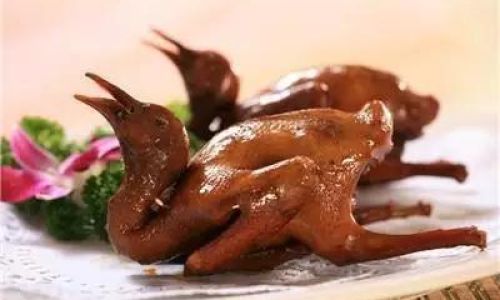
Section 3: The Art of Roasting Squab
Now, we delve into the heart of the matter – roasting squab to perfection. The key lies in precise temperature control, cooking time, and the use of the right equipment.
Preheating the Oven:
Preheat your oven to 375°F (190°C). This temperature is ideal for achieving a balance between a crispy exterior and a juicy interior. If your oven has a convection setting, use it to circulate hot air more evenly, promoting faster and more consistent cooking.
Roasting Techniques:
There are several methods to roast squab, each yielding slightly different results:
-
Direct Roasting: Place the seasoned and trussed squab directly on a wire rack set inside a roasting pan. This allows the heat to circulate evenly around the bird, promoting crispiness on all sides.
-
High-Heat Roasting with Finish: Start roasting at a higher temperature (425°F or 220°C) for about 15-20 minutes to achieve a golden-brown crust. Then, reduce the heat to 350°F (175°C) and continue roasting until cooked through.
-
Roasting with Basting: For a moist interior, baste the squab periodically with melted butter, olive oil, or a flavorful stock. Be cautious not to open the oven door too frequently, as this can cause temperature fluctuations.
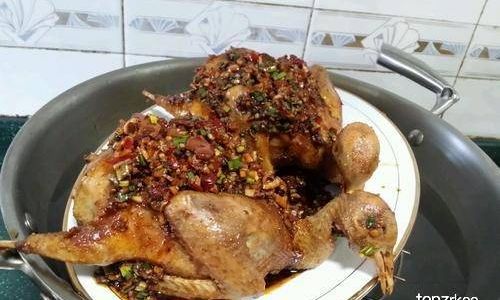
Cooking Time:
Roasting time varies based on the size and starting temperature of the squab. Generally, plan for around 20-30 minutes per pound (450-680 grams) of squab at 375°F (190°C). Use an instant-read thermometer to check the internal temperature; it should reach 165°F (75°C) for safety and doneness. However, for optimal flavor and texture, some chefs prefer a slightly higher internal temperature of around 170-175°F (77-80°C), as this helps render the fats and collagen, resulting in a juicier, more flavorful bird.
Resting:
Once the squab reaches the desired internal temperature, remove it from the oven and let it rest for at least 10-15 minutes. This resting period allows the juices to redistribute, ensuring a moist and tender final texture. Cover the squab loosely with aluminum foil to retain heat while it rests.
Section 4: Enhancing Presentation and Flavor
Roasted squab is a dish meant to be savored and admired. Here are some tips to elevate its presentation and flavor:
Garnishing:
A sprinkle of freshly chopped herbs like parsley, chives, or tarragon adds a burst of color and freshness. A drizzle of lemon juice or a wedge of lemon on the side can brighten the flavors and cut through any richness.
Accompaniments:
Pair your roasted squab with sides that complement its rich, savory profile. Roasted vegetables, such as carrots, potatoes, and asparagus, are classic choices. A bed of creamy polenta or risotto can also soak up the juices and enhance the meal’s comfort factor.
Sauces:
A well-crafted sauce can elevate roasted squab to new heights. Consider a reduction of red wine, chicken stock, and herbs, or a classic gravy made from the roasting juices. A dollop of aioli, mustard sauce, or even a fruit-based chutney can provide contrasting flavors and textures.
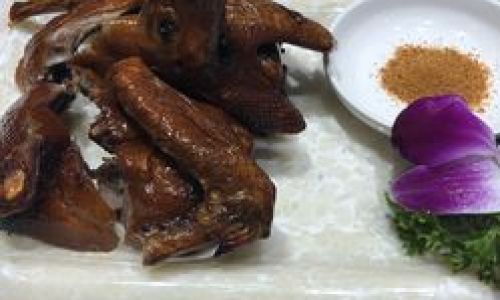
Serving Suggestions:
For a formal dinner, present the squab whole on a heated platter, garnished elegantly. For a more casual setting, carve the meat into portions and serve on individual plates with accompaniments and sauce on the side.
Conclusion: A Culinary Journey
Roasting squab is a culinary journey that combines precision, patience, and a deep appreciation for the art of cooking. By selecting high-quality squab, preparing it meticulously, and mastering the roasting process, you can create a dish that is not only visually stunning but also a delight for the senses. Whether enjoyed as a luxurious main course or a special-occasion treat, roasted squab offers a flavor experience that is both timeless and timelessly delicious.
As you embark on your own culinary adventure with squab, remember that the best recipes often come from experimentation and personal preference. Feel free to adapt the techniques and flavors discussed here to suit your taste and the ingredients available to you. The key is to approach each step with care and enthusiasm, for it is in the details that the true essence of roasted squab lies. Happy cooking!

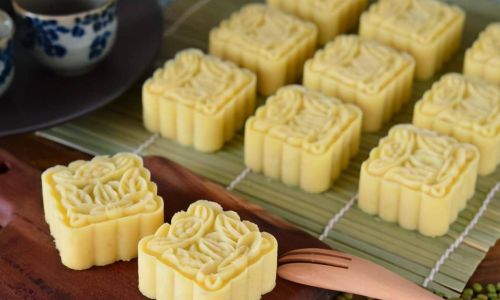

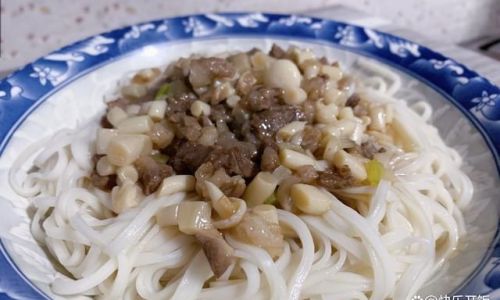
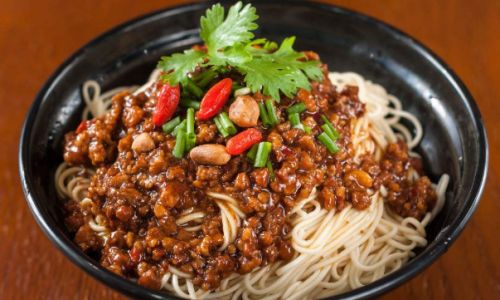
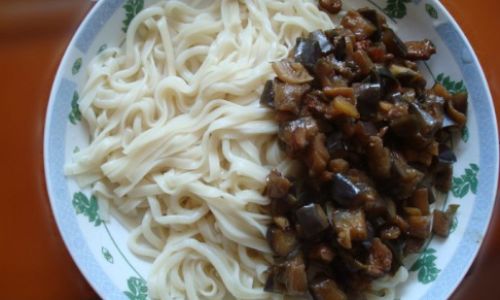
0 comments